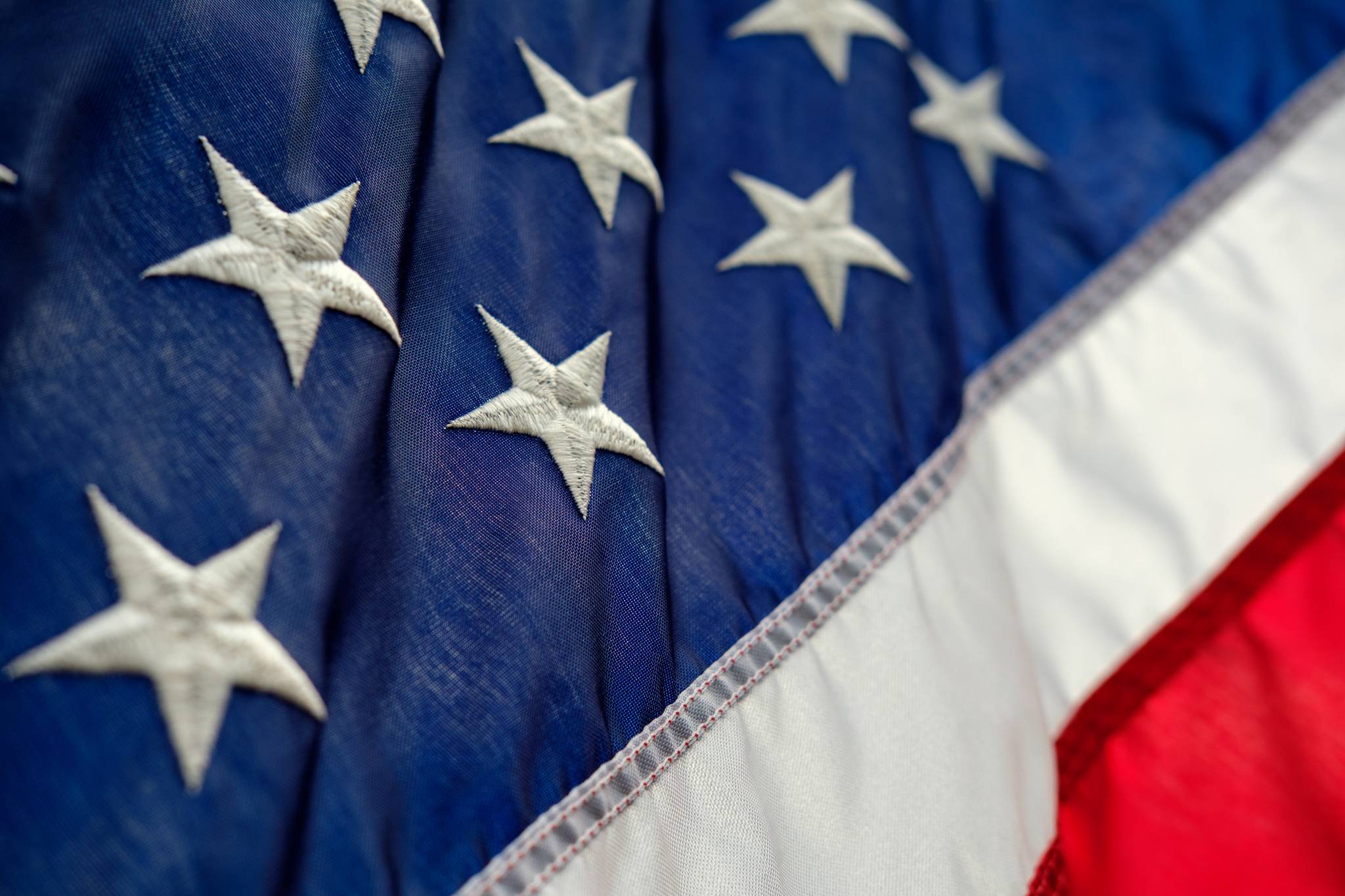As Alaskans, we treasure our uniqueness along with the common history that defines all Americans. We see ourselves as self-reliant, independent people with an intense pride of our state and country.
The history of Alaska and the history of America have similarities that are often forgotten amid the festivities surrounding the celebration of one of our most popular national holidays.
While July 4, 1776 is important as the date on which our country declared its independence, it was over a decade before America’s future was assured. Some historians believe that was when our national constitution was drafted from May 25 to Sept. 17, 1787, in the old Pennsylvania State House in Philadelphia (where our original Declaration of Independence was adopted — now known as Independence Hall).
Up to then, the nearly 4 million inhabitants of the new United States were governed under the Articles of Confederation, created by the Second Continental Congress and ratified by the original 13 states in the five years following independence.
Unfortunately, the chronically underfunded and weak Confederation government was inadequate for resolving conflicts that arose among the states. The Articles of Confederation could only be amended by unanimous vote of the states, so each state had effective veto power over any proposed changes. In addition, the Articles did not provide the federal government taxing power, being entirely dependent on the states for funding with no power to enforce collection.
Initially, while the Philadelphia Constitutional Convention was intended to revise the Articles of Confederation, many of its proponents felt, in order for our nation to progress, delegates needed to create a new government rather than patch up the existing one.
Under similar circumstances, on Nov. 8, 1955, Alaska’s 55 delegates felt a sense of hope tinged with uncertainty when they gathered at the University of Alaska’s Constitution Hall in Fairbanks for Alaska’s first constitutional convention. The number 55 was no accident — it was the same number in attendance at the Philadelphia Convention in 1787.
In Philadelphia, delegates unanimously chose George Washington president of the Convention, who later became our first president of the United States.
In Fairbanks, delegates chose territorial senator Bill Egan to lead them. He was later elected as the first governor of Alaska after statehood was achieved in 1959.
While the Philadelphia convention delegates sweltered in hot summer temperatures, Fairbanks delegates faced a different challenge. During their proceedings, Egan announced that “the temperature is now about 40 below and if the delegates have their cars out there, they probably should start them in order that they will start.”
By avoiding minutiae and hyperbole, Alaska delegates were able to draft a short, general document, modeled after the U.S. Constitution. Rather than an elaborate document like many other state constitutions, they chose instead to leave broad authority to future state legislatures. The resulting document is thus only half the average state constitution length of 26,000 words.
Much like the U.S. Constitution’s correction of shortcomings in the Articles of Confederation, language in Alaska’s constitution was a reaction against weak territorial institutions and therefore provided for a strong executive and legislature.
Both documents’ preambles begin with the same words, “We the people …” signifying the foundation of our system of government where citizen’s rights and privacy are paramount, and it is only through the people that government power is derived.
Despite the importance of our U.S. Constitution (including the first 10 amendments that constitute the Bill of Rights) it is July Fourth — Independence Day — that later became the official national holiday Americans celebrate each year.
For Alaskans, this date also has special significance. President Dwight D. Eisenhower signed the proclamation admitting Alaska as the 49th state on Jan. 3, 1959, but, by executive order, the new national flag did not become official until July 4 of that year.
On that day, an estimated 3,000 people stood at attention as the first 49-star flag was raised slowly in the state capital by a military honor guard in an impressive ceremony.
In the world of nations, there is only one America. And among the 50 states, Alaska’s statehood story is unique in terms of its origin and character.
Happy Fourth of July!
• Win Gruening retired as the senior vice president in charge of business banking for Key Bank in 2012. He was born and raised in Juneau and graduated from the U.S. Air Force Academy in 1970. He is active in community affairs as a 30-plus year member of Juneau Downtown Rotary Club and has been involved in various local and statewide organizations. He contributes a regular “My Turn” to the Juneau Empire. My Turns and Letters to the Editor represent the view of the author, not the view of the Juneau Empire.

